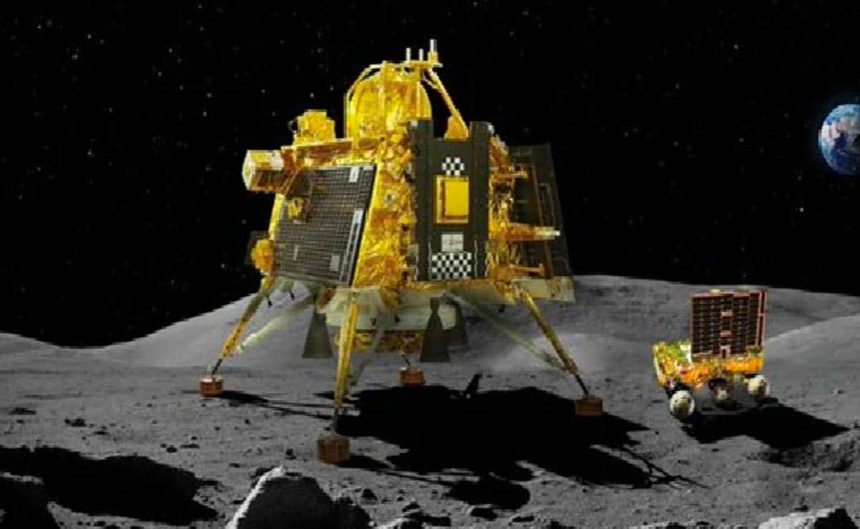Indian Space Research Organization’s (ISRO) mission Chandrayaan-3 successfully landed on the lunar surface at 6:04 pm on Wednesday. With this, India has become the first country in the world to land its spacecraft on the South Pole of the Moon. The eyes of the whole world were fixed on this space mission. It was launched from Sriharikota on 14 July. After 40 days of pure suspense and excitement finally this mission has met its goal. Let us know all about this mission: Also read
Launch of Chandrayaan-3
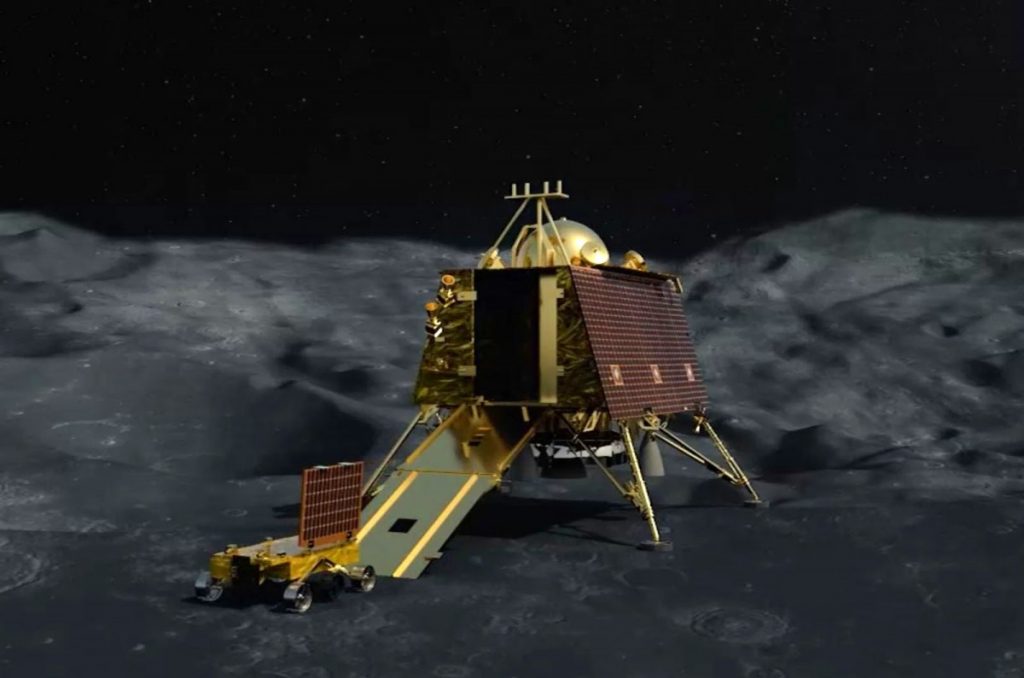
After consistently dedicating 10 to 15 years of relentless effort, the Indian Space Research Organization has re-launched the Chandrayaan mission. The Indian Space Research Organization is attempting to land Chandrayaan-3 on the Moon’s southern pole through this mission. They launched Chandrayan-3 on July 14 at 2:51 pm from the Sriharikota Space Center.
Importantly, the construction of Chandrayaan-3 relied entirely on Indian technology. This mission consists of several components. Notably, Chandrayaan-3 features an orbiter, which will actively observe the lunar surface and conduct studies on the lunar atmosphere. Furthermore, the mission includes a lander responsible for safely landing the vehicle on the moon. To conduct scientific experiments on the lunar surface and analyze its contents, engineers have equipped Chandrayaan-3 with a rover.
- Advertisement -
Features of Chandrayaan 3
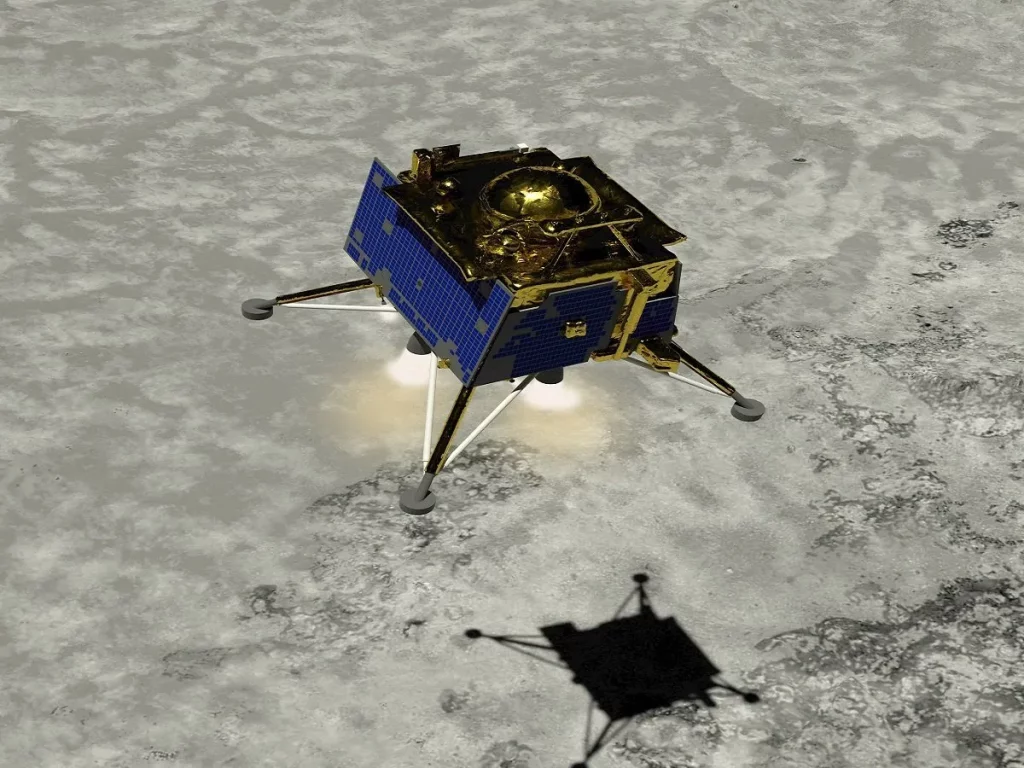
Chandrayaan-3 This is the third mission of India to try to go to the surface of the moon. Under this mission, Chandrayaan-3 will complete scientific experiments by landing on the lunar surface. This time all those instruments have been included in Chandrayan-3, which will share every little information related to the Moon with ISRO. Some of the features of Chandrayaan-3 are as follows:
- It landed on the South Pole side of the Moon.
- The vehicle will tell us about the presence of water and ice on the Moon.
- It will find the natural elements present on the moon and Provide information on minerals.
- It will provide information on the texture of the Moon’s surface.
- If Any kind of creatures are present on the moon, then they will also share their information.
- It will probe the Moon’s atmosphere and share information about the natural gases present there.
- This vehicle has been completely prepared on Indian technology.
Objectives of making Chandrayaan-3
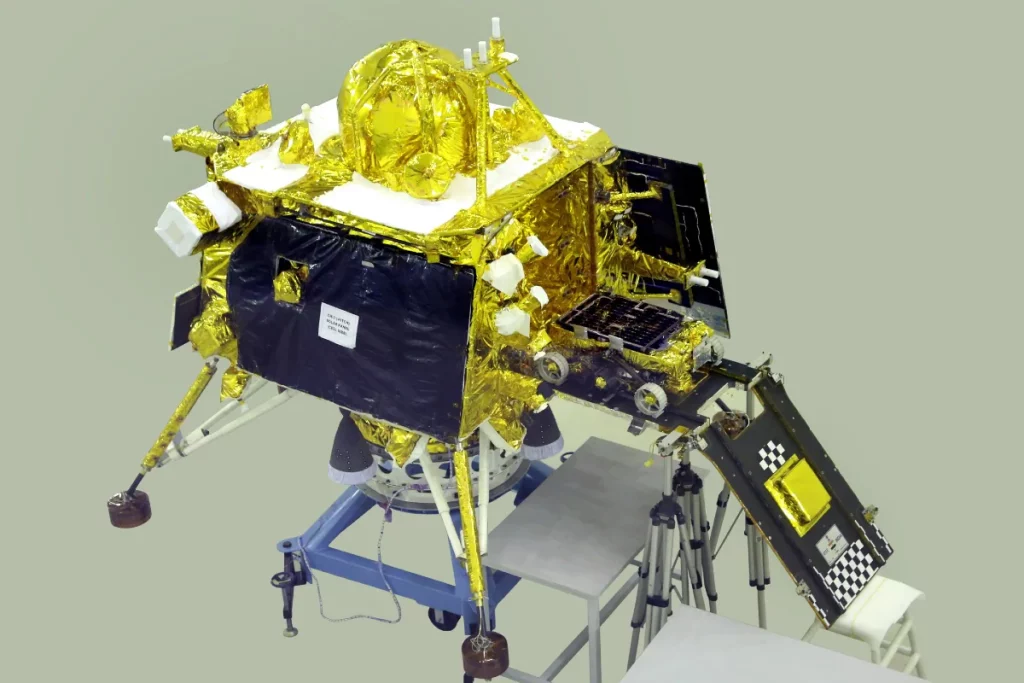
If Chandrayaan-3 is successful, it will give India a distinct identity in space science. Chandrayaan-3 is an important mission for India, and the objectives of making it are as follows:
- Chandrayaan-3 can help India move towards the Moon.
- After the success of Chandrayaan 3, India will be known as a new country to go to the moon.
- Going to the moon used to be a challenge for all the scientists and engineers associated with Chandrayaan-3. They have met the challenge by developing their technology.
India benefits from the success of Chandrayaan-3
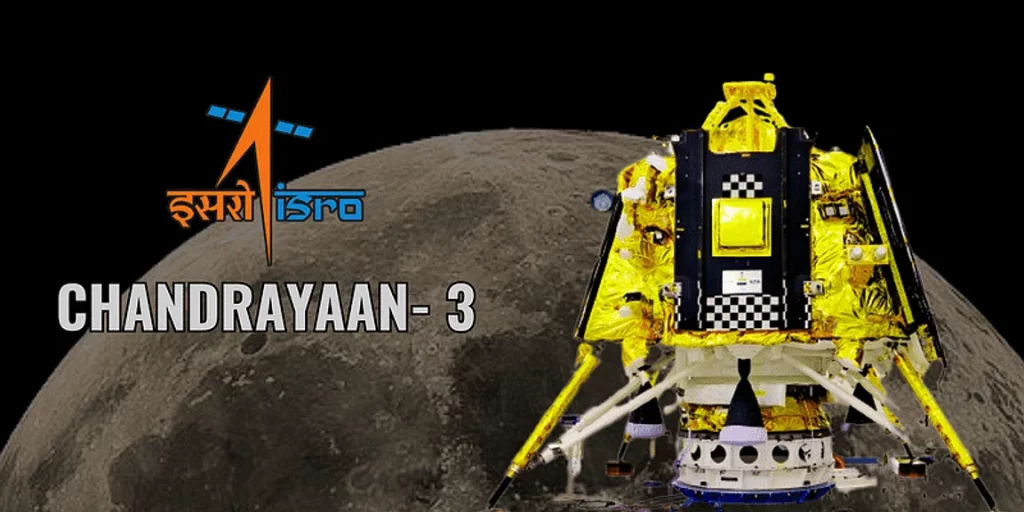 In 2008, the Indian Space Research Organisation initiated its first lunar mission. They successfully sent Chandrayaan to the moon for the first time in 2008. Chandrayaan-1 achieved its objectives. After ten years of rigorous work, the organization attempted to launch Chandrayaan-2 to the moon in 2019, but unfortunately, it faced failure. As of now, they have launched Chandrayan-3 for its third lunar mission. If it is successful, India will have the following advantages:
In 2008, the Indian Space Research Organisation initiated its first lunar mission. They successfully sent Chandrayaan to the moon for the first time in 2008. Chandrayaan-1 achieved its objectives. After ten years of rigorous work, the organization attempted to launch Chandrayaan-2 to the moon in 2019, but unfortunately, it faced failure. As of now, they have launched Chandrayan-3 for its third lunar mission. If it is successful, India will have the following advantages:
- The youth of the country will get information related to space from Chandrayaan-3.
- All the people of the country will get important information related to the texture of the moon and the moon.
- After the success of this mission, India will get a new identity in the space sector.
- Among the list of countries that landed on the moon, India stands in fourth place.
- Chandrayaan-3 will be a matter of national pride for India.
- From Chandrayaan-3, the scientists of India will get information about the Moon’s surface, the Moon’s gravitational force, and the Moon’s atmosphere.
Some interesting facts related to Chandrayaan-3
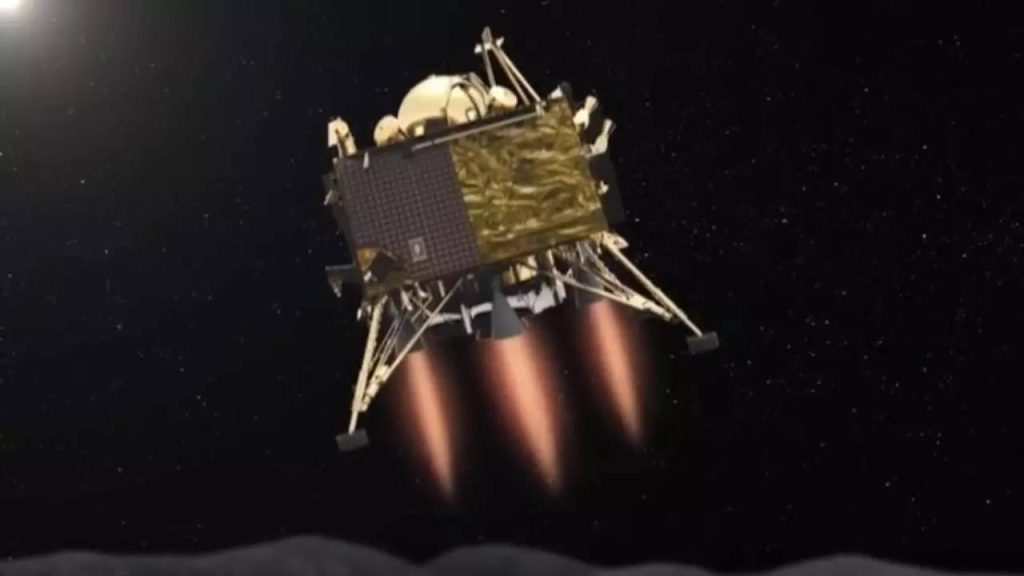
India developed Chandrayaan-1 by utilizing foreign techniques. However, Indian scientists developed Chandrayan-2 and 3 using their own technology, establishing them as entirely indigenous missions. These accomplishments highlight India’s self-reliance and technical expertise in the field. Some interesting facts related to Chandrayaan-3 are as follows:
- This is India’s third mission to send a vehicle to the moon.
- Chandrayaan-3 is the first spacecraft that landed at the South Pole of the Moon.
- The lander and rover involved in the Moon have been developed by Indian scientists.
- All the instruments included in Chandrayaan-3 have been made by Indian scientists with their own technology.
Conclusion of Chandrayaan-3
Indian Space Research Organization has tried to go to the moon for the third time. The attempt to go to the moon was successful for the first time, but when tried again in 2019, Chandrayaan-2 deviated from the surface of the moon due to some technical fault. Finally, Chandrayan-3 successfully lands on the surface of the Moon. It is a matter of great pride for the people of India and for India. India’s name is in fourth place among the countries going to the moon and Indian scientists will get a different identity in the country and the world.
Views of world media on this successful mission
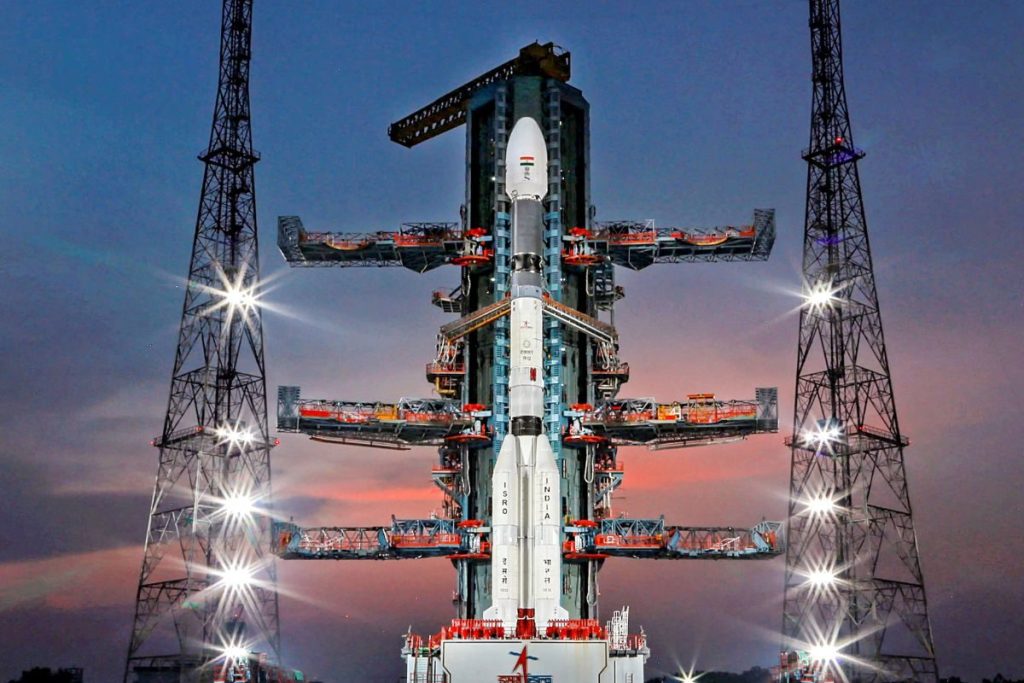
The world media has given a prominent place to the success of this mission. “But, the media in neighboring Pakistan has not made Chandrayan-3 the lead news. Prominent news outlets such as the New York Times, BBC, The Guardian, etc., have prominently covered this news. Pakistan’s top newspaper ‘Dawn’ stated in a report, “India’s Chandrayan-3 lander has successfully achieved a touchdown on the Moon’s south pole, a region believed to hold potential reserves of water and oxygen.” The newspaper quoted the Indian space agency ISRO, which declared from its headquarters that the descent of the Shakti lander had officially commenced, sparking cheers and applause.”
The ‘New York Times’ headlined – “Race to Moon Landing, India First to Land on South Polar Region.” The paper writes, “A lander named Vikram and a rover named Pragyan from India landed in the south polar region of the moon on Wednesday. A mission named Chandrayan-3 makes India the first country to reach this part of the lunar surface. It is only the fourth country to land on the Moon.” The newspaper further writes, “The Indian public already takes great pride in the achievements of the country’s space program, which has orbited the Moon and Mars and regularly orbited above Earth with far fewer financial resources than other nations.” launches satellites. But Chandrayan-3’s achievement could be even sweeter.”
‘The Guardian’ wrote in its news- “India has become the first country to successfully land a spacecraft near the South Pole of the Moon in a historic moment, creating an A wave of joy and happiness has swept across the nation. The ‘Washington Post’ wrote in its headline – “India soft-landed a spacecraft on the surface of the moon.” The newspaper wrote- “India landed a robotic spacecraft on the moon on Wednesday”.

